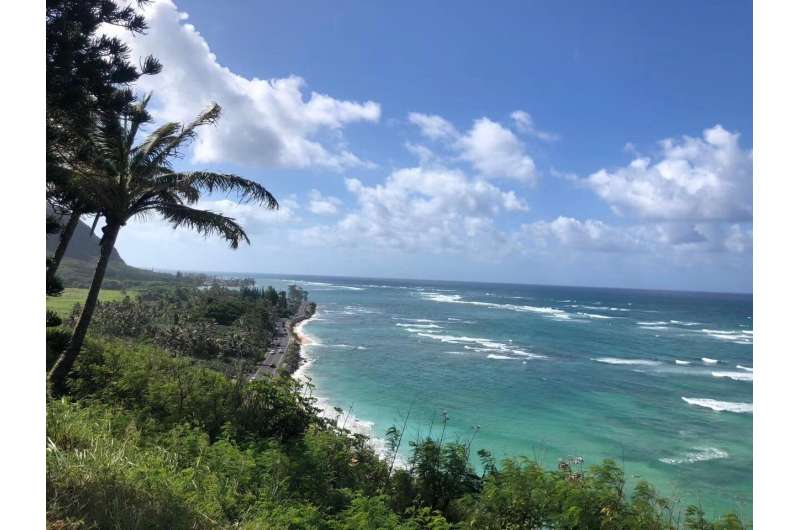Distinctive MJO activity during 2015/2016 super El Nino

El Niño-Southern Oscillation (ENSO) is one of the most prominent ocean-atmosphere interactions that varies year-to-year. This process exerts significant impacts on global weather and climate. El Niño is the warm phase of ENSO, which can be strong, moderate, or even weak. Within the past four decades, climatologists observed three super El Niño events (1982/83, 1997/98 and 2015/16). These extreme phases impacted global climate far more than moderate or weak events.
El Niño has a profound effect on the Madden-Julian Oscillation (MJO), which is the most significant sub-seasonal variability element of the tropic atmosphere. The MJO is a major force that drives monsoon sub-seasonal variability, bringing sustained wet or dry weather to Asia. Extreme El Niño events have similar severity and evolution processes. However, scientists have sought to understand whether El Niño altered the behavior of the MJO in the same way during each of these three super El Niño winters.
A research group, led by Dr. Wenjun Zhang from the Nanjing University of Information Science and Technology analyzed MJO activity of the super El Niño event during the Northern Hemisphere winter of 2015/16. Observations show that the western Pacific MJO activity was strongly suppressed during the peak phase of the 1982/83 and 1997/98 super El Niño events. However, during the crest of the 2015/16 super El Niño event, western Pacific MJO-related convection was enhanced.
"It is apparent that the enhanced western Pacific MJO is mainly related to its sea surface temperature (SST) anomaly distribution and the associated background thermodynamic conditions." said Dr. Zhang. His team's complete research and data are published in Advances in Atmospheric Sciences.
When compared to the previous super El Niño events, the warm SST anomaly, or change from average, of the 2015/16 El Niño was located more westward than during the other two extreme seasons. Additionally, no significant cold SST anomaly was detected in the western Pacific. Accordingly, the moisture and air temperature tended to increase in the central-western Pacific during the winter of 2015/16 unlike the previous super El Niño events.
This research highlights that climatologists should consider the SST anomaly distribution of super El Niño events for future MJO activity studies.
More information: Xuben Lei et al, Distinctive MJO Activity during the Boreal Winter of the 2015/16 Super El Niño in Comparison with Other Super El Niño Events, Advances in Atmospheric Sciences (2021). DOI: 10.1007/s00376-020-0261-x
Provided by Chinese Academy of Sciences




















